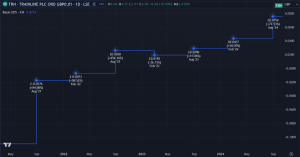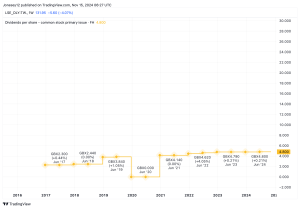A flood of cash going into money-market funds and other higher yielding cash-like assets has been a key focus in financial markets since March when Silicon Valley Bank and Signature Bank collapsed.
Those failures put a spotlight on the stability of the U.S. banking system, but also on alternative ways for savers and investors to earn yield as the Federal Reserve continues its work of the past year to tame inflation through higher rates.
Indeed, deposit rates at banks have remained stubbornly low, tracking in the 0.2% range (see chart), even as rapid rate increases from the Federal Reserve has short-term rates closer to 5%.
Rates on bank deposits are at 0.2% even as the Federal Reserve has increased short-term rates to around 5%.
Haver Analytics, Goldman Sachs Investment Research
On reason for the lag is that past increases to the Fed’s policy rate usually took a few quarters to filter through to bank deposit rates, Goldman Sachs economists said on Wednesday, in a client note.
But even then, deposit rates and 1-year CD yields were seeing only a portion of the increases to short-term rates.
“The last U.S. hiking cycle supported the view that the pass-through from policy rates to deposit rates — or equivalently, the increase in deposit betas — had become more limited, since only 31% of the increase in the federal-funds rate was passed on to interest-bearing deposits by the cycle’s end,” a team of Goldman economists led by Jan Hatzius wrote.
However, this cycle looks like it’s tracking more closely to the pre-global financial crisis trend, meaning the pass-through rate in this cycle potentially could again exceed 50%, they said, while also noting competition from other lenders due to the ease of mobile banking and from higher-yielding cash-like alternatives as potential catalysts of higher deposit rates.
The 6-month Treasury rate
TMUBMUSD06M,
was at 4.8% on Wednesday, while the policy-sensitive 2-year yield
TMUBMUSD02Y,
was at 3.8%, well below its peak above 5% in March, according to FactSet data.
Stocks have been mixed to start off April, with the Dow Jones Industrial Average
DJIA,
on pace for a 0.6% weekly gain, but the S&P 500 index
SPX,
0.5% lower on the week and the Nasdaq Composite Index
COMP,
off 1.8%.
Related: Deposits at small U.S. banks stabilize, but large banks see bigger outflow
This post was originally published on Market Watch






